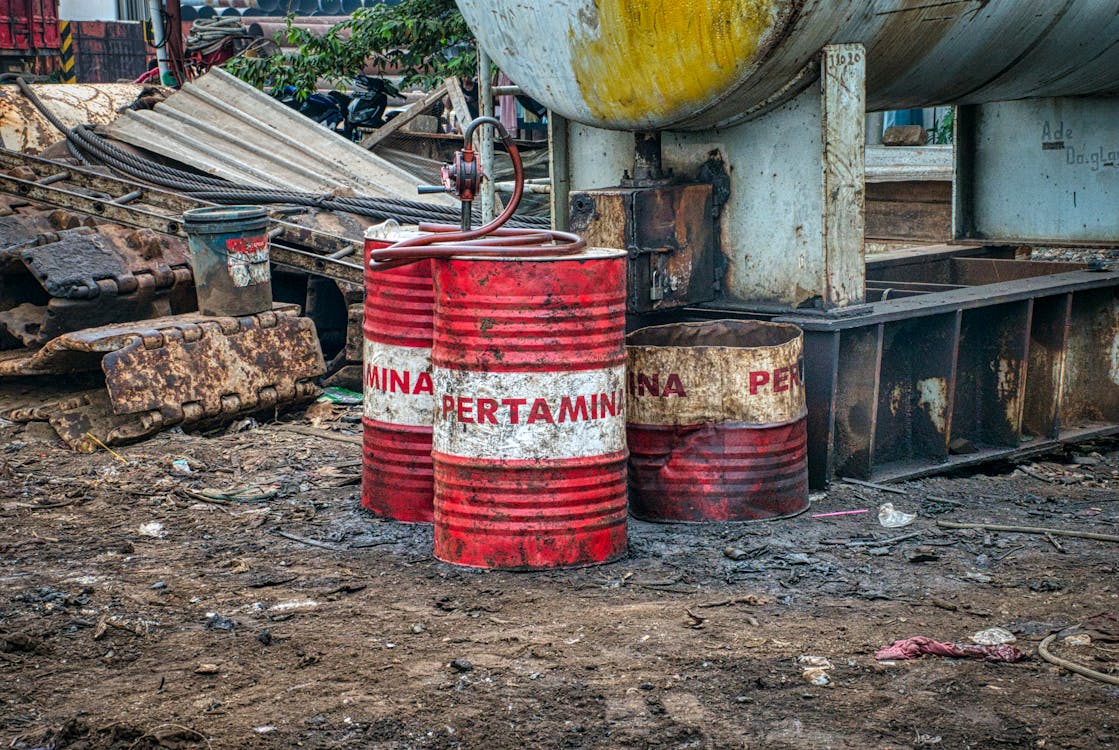Hazards are a common concern for employees and employers. Occupational hazards refer to the potential risks and dangers present in a workplace that can cause harm to workers’ health and safety.
These hazards can result from the work environment, the type of work being performed, and the equipment used in the workplace. In this article, we will explore the most common occupational hazards and how they can be prevented.

H1: Physical Hazards
Physical hazards refer to hazards that can cause physical harm to employees. These hazards can be classified as:
H2: Noise
Exposure to high levels of noise in the workplace can cause hearing loss, tinnitus, and other auditory problems. Workers exposed to high levels of noise must be provided with ear protection, and noise levels in the workplace should be monitored regularly.
H2: Ergonomics
Poor ergonomics can cause musculoskeletal disorders such as back pain, neck pain, and carpal tunnel syndrome. Employers should provide ergonomic workstations and equipment to minimize the risk of these disorders.
H2: Vibration
Exposure to excessive vibration can cause damage to the hands, arms, and back. Employers should provide anti-vibration tools and equipment to minimize the risk of injury.
H2: Temperature Extremes
Working in extreme temperatures can cause heat exhaustion, heat stroke, or hypothermia. Employers should provide appropriate personal protective equipment (PPE) to protect employees from temperature extremes.

H1: Chemical Hazards
Chemical hazards refer to hazards that can cause harm to employees due to exposure to chemicals. These hazards can be classified as:
H2: Toxic Chemicals
Exposure to toxic chemicals can cause acute and chronic health problems, including respiratory problems, skin irritation, and cancer. Employers should provide appropriate PPE, ventilation, and training to minimize the risk of exposure.
H2: Corrosive Chemicals
Exposure to corrosive chemicals can cause chemical burns and eye injuries. Employers should provide appropriate PPE, first aid kits, and training to minimize the risk of injury.
H2: Carcinogens
Exposure to carcinogens can cause cancer. Employers should take steps to minimize the risk of exposure, such as providing appropriate PPE, ventilation, and training.
H2: Flammable Chemicals
Exposure to flammable chemicals can cause fires and explosions. Employers should provide appropriate PPE, fire suppression equipment, and training to minimize the risk of injury.

H1: Biological Hazards
Biological hazards refer to hazards that can cause harm to employees due to exposure to biological agents. These hazards can be classified as:
H2: Bacteria and Viruses
Exposure to bacteria and viruses can cause infections and other health problems. Employers should provide appropriate PPE, hygiene facilities, and training to minimize the risk of infection.
H2: Fungi
Exposure to fungi can cause allergies and respiratory problems. Employers should provide appropriate PPE, ventilation, and training to minimize the risk of exposure.
H2: Parasites
Exposure to parasites can cause infections and other health problems. Employers should provide appropriate PPE, hygiene facilities, and training to minimize the risk of infection.
H1: Psychological Hazards
Psychological hazards refer to hazards that can cause harm to employees’ mental health. These hazards can be classified as:
H2: Work-related Stress
Work-related stress can cause mental health problems such as anxiety, depression, and burnout. Employers should take steps to minimize the risk of work-related stress, such as providing a supportive work environment and appropriate workload management.
H2: Workplace Violence
Workplace violence can cause physical and psychological harm to employees. Employers should have policies in place to prevent workplace violence, provide training to employees on how to handle violent situations and provide appropriate security measures.

H2: Bullying and Harassment
Bullying and harassment can cause psychological harm to employees. Employers should have policies in place to prevent bullying and harassment, provide training to employees on how to identify and report such behavior and take appropriate action to address any reported incidents.
H1: Electrical Hazards
Electrical hazards refer to hazards that can cause harm to employees due to exposure to electricity. These hazards can be classified as:
H2: Electrical Shock
Exposure to electrical shock can cause burns, respiratory failure, and cardiac arrest. Employers should provide appropriate PPE, insulation, grounding, and training to minimize the risk of electrical shock.
H2: Electrical Burns
Exposure to electrical burns can cause skin burns and nerve damage. Employers should provide appropriate PPE, insulation, grounding, and training to minimize the risk of electrical burns.
H2: Arc Flash
Arc flash is a sudden release of energy caused by an electrical fault. It can cause burns, blindness, and hearing loss. Employers should provide appropriate PPE, training, and equipment maintenance to minimize the risk of arc flash.

H1: Prevention and Control Measures
To prevent occupational hazards, employers should implement appropriate control measures. These measures can include:
H2: Hazard Identification and Risk Assessment
Employers should identify potential hazards in the workplace and assess the risks associated with these hazards. This can be done through workplace inspections, hazard assessments, and incident reporting.
H2: Engineering Controls
Engineering controls refer to the use of machinery, equipment, or technology to minimize the risk of hazards. This can include ventilation systems, anti-vibration tools, and ergonomic workstations.
H2: Administrative Controls
Administrative controls refer to policies and procedures that minimize the risk of hazards. This can include training programs, job rotation, and workload management.
H2: Personal Protective Equipment (PPE)
PPE refers to equipment worn by employees to protect them from potential hazards. This can include earplugs, gloves, respirators, and safety glasses.
H1: FAQs
- What are some common physical hazards in the workplace?
- Some common physical hazards in the workplace include noise, poor ergonomics, excessive vibration, and extreme temperatures.
- What are some common chemical hazards in the workplace?
- Some common chemical hazards in the workplace include toxic chemicals, corrosive chemicals, carcinogens, and flammable chemicals.
- How can employers prevent workplace violence?
- Employers can prevent workplace violence by having policies in place, providing training to employees, and implementing appropriate security measures.
- What is the purpose of personal protective equipment (PPE)?
- The purpose of PPE is to protect employees from potential hazards in the workplace.
- What are some examples of administrative controls?
- Examples of administrative controls include training programs, job rotation, and workload management.
- What is the importance of hazard identification and risk assessment?
- Hazard identification and risk assessment help employers identify potential hazards in the workplace and assess the risks associated with them. This helps to prevent occupational hazards and ensure the health and safety of employees.
- What is the role of employees in preventing occupational hazards?
- Employees play a critical role in preventing occupational hazards by following safety procedures, reporting potential hazards, and using personal protective equipment.
- How can employers ensure the effectiveness of control measures?
- Employers can ensure the effectiveness of control measures by regularly reviewing and updating policies and procedures, providing training to employees, and conducting regular workplace inspections.
- What is the difference between physical and chemical hazards?
- Physical hazards refer to hazards that can cause harm to employees’ physical health, such as noise or excessive vibration, while chemical hazards refer to hazards that can cause harm through exposure to chemicals or substances.
- Can occupational hazards be completely eliminated?
- While it may not be possible to completely eliminate all occupational hazards, employers can take steps to minimize the risk of such hazards and ensure the health and safety of their employees.
Conclusion
Occupational hazards are a common concern for employees and employers.
Physical, chemical, biological, psychological, and electrical hazards can cause harm to employees’ health and safety. To prevent occupational hazards, employers should identify potential hazards in the workplace and implement appropriate control measures. These measures can include hazard identification and risk assessment, engineering controls, administrative controls, and personal protective equipment.